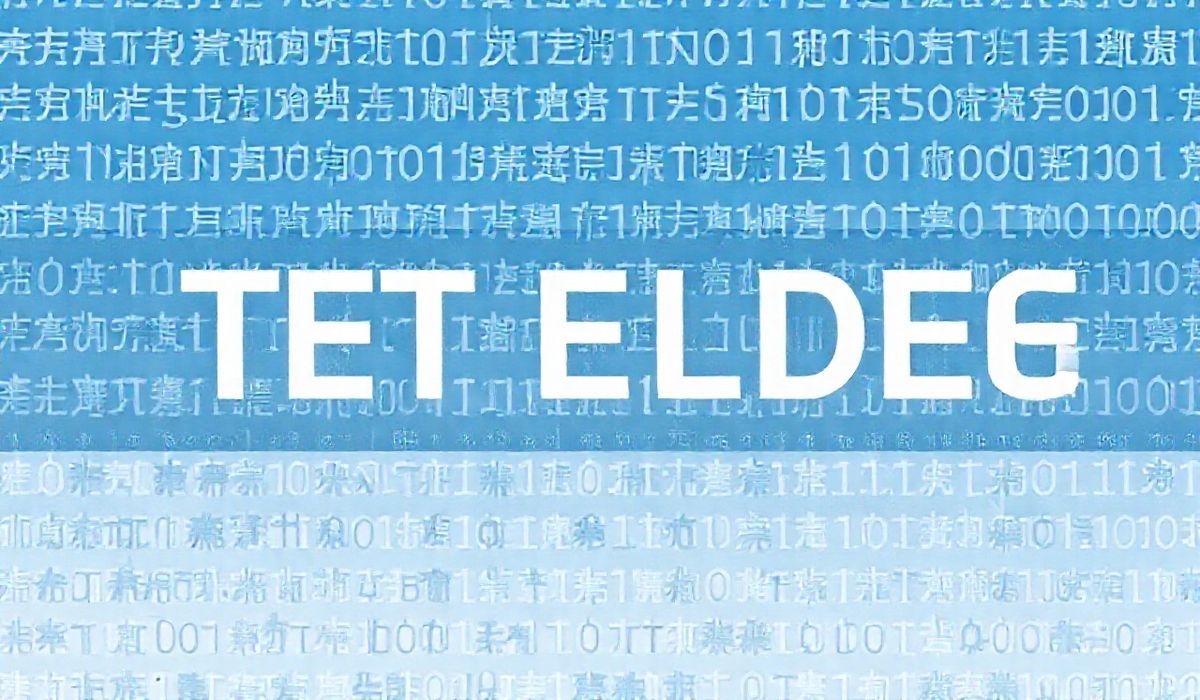Charset Normalizer: Unlocking Python Encoding Made Easy
In Python-based applications, handling various character encodings is a critical need, especially when dealing with data from diverse sources. This is where charset-normalizer becomes incredibly handy. It is a robust Python library designed to detect and normalize character encodings, offering unmatched versatility and efficiency for handling text data. In this blog, we’ll introduce charset-normalizer, explore its functionalities, and highlight its practical uses through various API examples and an application use case.
What is Charset Normalizer?
Charset-normalizer is a powerful tool that identifies the character set of an input text and attempts to decode it effectively. It is inspired by the popular chardet library but aims to provide enhanced accuracy and better performance in terms of encoding detection.
With charset-normalizer, you can:
- Automatically detect the character encoding of text.
- Normalize text to a consistent encoding (e.g., UTF-8).
- Handle multilingual text processing with ease.
Charset Normalizer Installation
First, install charset-normalizer using pip:
pip install charset-normalizer
Key API Examples
1. Basic Encoding Detection
The detect method lets you identify the character encoding of text:
from charset_normalizer import detect
sample_text = b'\xe4\xbd\xa0\xe5\xa5\xbd' # Chinese "Hello"
result = detect(sample_text)
print(result)
# Output: {'encoding': 'utf-8', 'language': 'Chinese', 'confidence': 1.0}
2. Normalizing Text
You can use from_bytes() to normalize text to UTF-8:
from charset_normalizer import CharsetNormalizerMatches as CnM raw_data = b'\xe7\xa5\x9d\xe4\xbd\xa0\xe5\xa5\xbd\xe5\x91\xa8' normalized = CnM.from_bytes(raw_data).best() print(normalized) # Output: 祝你好运周
3. Iterative Encoding Analysis
The library supports multiple encoding attempts via the from_bytes() method:
from charset_normalizer import CharsetNormalizerMatches as CnM
bytes_data = b'Some random binary string \x80\x81\x82'
for match in CnM.from_bytes(bytes_data):
print(f"Encoding: {match.encoding}, Confidence: {match.percent_chaos}")
print(match.text)
4. File Encoding Detection
Detect the encoding of a file with from_path():
from charset_normalizer import CharsetNormalizerMatches as CnM
result = CnM.from_path('example.txt').best()
print(result)
# Output: The content of the file, normalized to UTF-8
5. Multilingual Text Support
Handle text data in multiple languages seamlessly:
multi_lang_text = b'\xe4\xbd\xa0\xe5\xa5\xbd\xe3\x80\x81Hello\xe3\x80\x81Hola' result = CnM.from_bytes(multi_lang_text).best() print(result.text) # Output: 你好、Hello、Hola
Practical Application Example
Below, we’ll create a script to detect and normalize the contents of multiple text files in a given directory:
import os
from charset_normalizer import CharsetNormalizerMatches as CnM
def normalize_files(directory_path):
for filename in os.listdir(directory_path):
filepath = os.path.join(directory_path, filename)
if os.path.isfile(filepath):
try:
result = CnM.from_path(filepath).best()
if result:
print(f"Normalized {filename}:")
print(result.text)
# Save normalized text to a new file
with open(f"normalized_{filename}", "w", encoding="utf-8") as f:
f.write(result.text)
except Exception as e:
print(f"Error processing file {filename}: {e}")
normalize_files("sample_texts_folder")
This script iterates through a directory and normalizes the content of all text files it contains, improving data consistency for further processing.
Conclusion
Charset-normalizer is an invaluable tool for developers working with text data, offering unparalleled ease in detecting and normalizing character encodings. With its intuitive APIs and robust support for multilingual text, it can elevate the efficiency of Python applications requiring text processing. Install it today and streamline your workflows!




